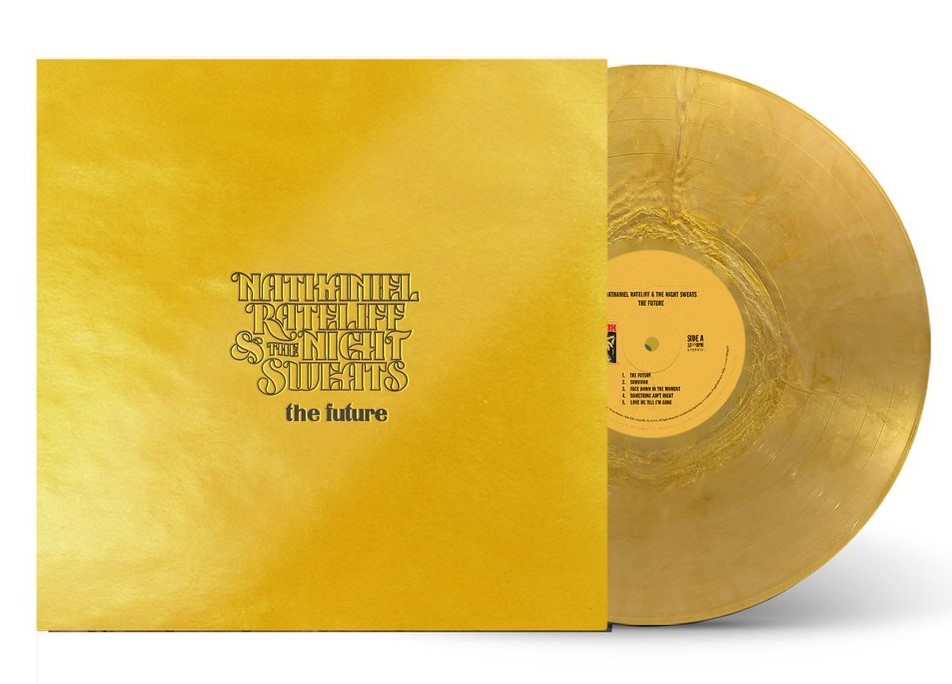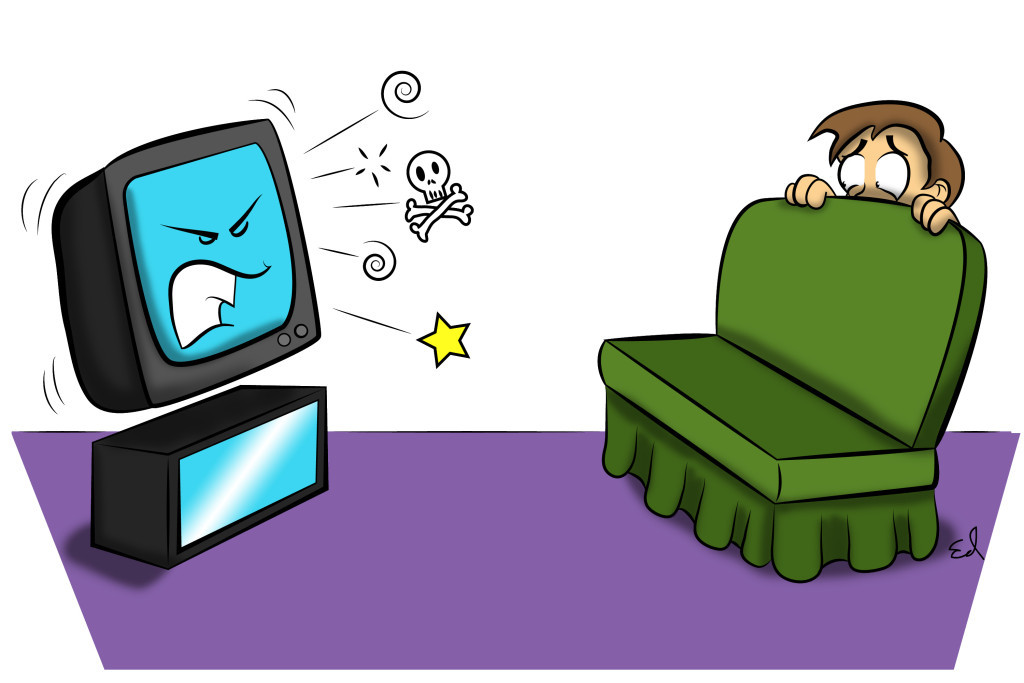
‘The Crown’ review
By Mercedes Deutscher, News Editor
3.5/5
The newest Netflix original series, The Crown—written and produced by Peter Morgan—debuted on November 4.
The series follows the life of a young Princess Elizabeth, opening at her marriage to Philip Mountbatten, Duke of Edinburgh, in 1947. Thinking her father, King George VI, to be in good health, Elizabeth settled into a blissful life with her husband and first two children. However, the surprising death of her father in 1952 led to Elizabeth ascending to the throne at the age of 26.
The Crown gives an exciting and vulnerable inside peek at the House of Windsor. While most have seen the Queen portrayed as a monarch—with perhaps the exception of 2006 film The Queen, also directed by Morgan—this show portrays her in a whole new light, along with her family and her early political advisors.
Claire Foy stars as Elizabeth, and offers a vibrant and vulnerable take on the Queen. She captures the internal struggle between Elizabeth Mountbatten, wife and mother; and Elizabeth Regina, Queen of England and the Commonwealth. Foy embraces the subtle emotion that the Queen has been brought up to portray, and is able to bring depth to a character who is strong and resilient.
Matt Smith takes on the role of Philip, and shows a side of the consort that has not been tackled before. Smith does an excellent job of portraying a young man who is forced to give up everything in order to support his wife, in a time period when quite the opposite was expected. Where Elizabeth is often encouraged to be the cool-minded protagonist of the series, Philip is portrayed quite emotionally. Perhaps Philip is but a vice to help depict the emotions that Elizabeth is really feeling during the early days of her reign, yet Smith brings a complexity to the character.
John Lithgow steps into the shoes of Winston Churchill, the tenured British Prime Minister who holds office when Elizabeth ascends. Churchill acts as a foil to the young monarch, but still kneels to her will when required. Lithgow brings a headstrong portrayal to a stubborn Prime Minister, but adds in dimensions of weakness to the character. Lithgow’s largest challenge is physicality, as Churchill is well-seasoned during the time of the series. The physicality is a tad distracting at times, but Lithgow plays the role with the stubbornness required.
In addition to the three starring roles in the series, there are several supporting character arcs that draw the viewer deeper into the story, including a scandalous romance involving Princess Margaret (Vanessa Kirby) and a disgraced return of a rather vindictive Prince Edward (Alex Jennings).
Aside from the performances themselves, the costumes in this series are to be applauded. They add so much to the show, and capture both regality and the fashion of the times. Lithgow may be dressed a little goofily for the role, yet it is barely noticeable amongst the ball gowns, military uniforms, and suits. The settings and small details truly capture the world of an early post-colonial royalty—be it the lavish sets, stunning exotic backdrops, or several of the Queen’s first corgis.
Overall, The Crown is proving to be a must-see series on Netflix, especially for history buffs and monarchy enthusiasts.

